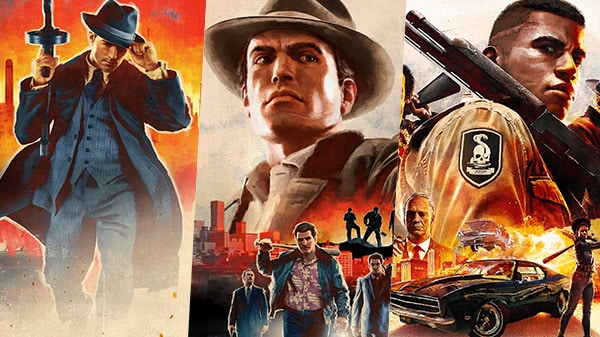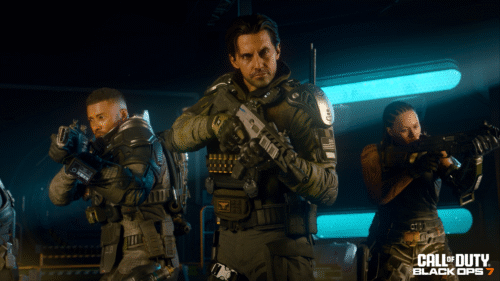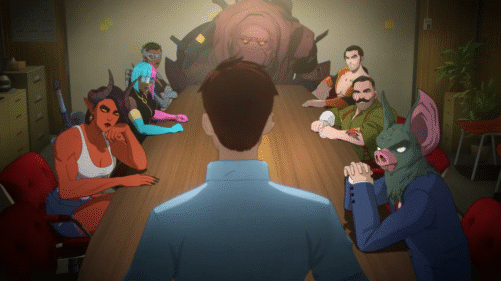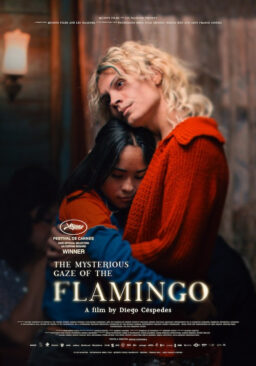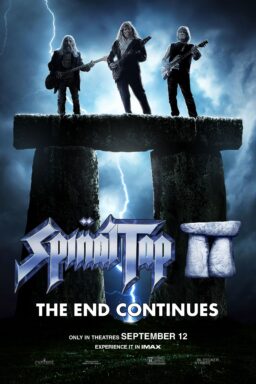The games in 2K’s “Mafia Trilogy” are the kind of mixed bag of quality that often comes with collections of titles originally released on other consoles. The series launched in 2002 on Microsoft Windows before being ported over to PlayStation 2 and Xbox. It was a hit at the time but has aged in every possible way that a game can in two decades, and so it has been rebuilt entirely from the ground up and rebranded as “Mafia: Definitive Edition.” Playing almost entirely like a brand-new game, it’s really the main draw of this collection, a game that has some antiquated mechanics and story structure but doesn’t play at all like it’s 18 years old. On the other hand, “Mafia II,” which was released in 2010 for the PS3 and Xbox 360, has largely just been remastered and “Mafia III,” which dropped in 2016 for the PS4 is generally untouched in any way (and remains the best of the three). With three games on three generations of consoles and the PS5 about to launch next month, maybe interest in the “Mafia Trilogy” will lead to a fourth title. It’s about due.
“Mafia: Definitive Edition” is such an overhaul that it’s sometimes even being referred to as the fourth game in this series. It’s that new. Set in the city of Lost Heaven in the 1930s, this is one of those mafia-based experiences that owes a great deal to movies that shaped these narratives like “The Godfather” and “Once Upon a Time in America.” It is the story of Tommy Angelo, an average guy who becomes a driver for the Salieri crime family, rising up the ladder within it. The structure of the storytelling here is deeply cinematic with numerous cut scenes depicting the violent betrayals that happen as someone takes more and more power within a violent organization.

Much like films about men who almost accidentally find themselves drawn into violent lives, “Mafia” is the story of a cab driver who gets caught in a turf war after he helps a couple members of the Salieri family escape an ambush. Coming in handy during the getaway, Tommy is given more and more to do, and the game unfolds in a relatively straightforward mission structure. Go here, do this, beat somebody up, come back. The routine nature of the gameplay can be a little exhausting. It could more accurately be called “Driving the Mafia” given how many hours you spend literally taking one of your fellow mobsters from point A to point B. While the game often looks 2020, nothing released recently relies quite so much on such a simple structure, and that’s where its age shows the most.
Having said that, it’s still a surprisingly robust game to play at times, particularly in its world-building. Lost Heaven in the 1930s, based on Chicago, is a vibrant, lively setting for a game like this, and the game’s entire structure feels like it owes a debt to the critically acclaimed way that “Mafia III” unfolds. It’s fascinating that developers saw the success of that game and used it to overhaul the first installment. Imagine a sequel sending a filmmaker back to the movie that started it all to remake it in the same fashion. That’s kind of what’s happening here, a “Mafia” that plays more like a “Mafia III.” One other thing worth noting is that the entire trilogy is priced like a regular game. If “Mafia: Definitive Edition” were a standalone, $60 experience than it might feel more shallow, but it’s basically $20 and provides enough escapist entertainment at that price point.

“Mafia II” is a little shakier. The game itself is already so dated in terms of its rough language and stereotypical representations that it opens with a warning a la what HBO Max recently put on “Gone with the Wind,” reminding people that what’s acceptable in gaming has changed a lot in the last ten years. (The game made headlines in 2010 for holding the record for use of the f-word at over 200 times. Of course, “Grand Theft Auto V” broke that record.) Its horrible dialogue aside, it feels clunkier than “Mafia” in a lot of ways, suffering from some of the same structure and gameplay problems.
“Mafia II” takes place in a place called Empire Bay, and moves the action to the 1940s and 1950s, away from any of the characters from the first game. It’s always been interesting to me that these are not traditional sequels in terms of storytelling, telling three distinct stories set in three very different time periods. This one is the take of Vito Scaletta, a WWII vet who gets caught in a turf war among multiple violent families, including three Italian mafia ones, the Chinese Triad, and even the Irish mob. “Mafia II” attempts to present a broader canvas than the first game, but its storytelling is more diffused and less direct in the process. It’s the weakest of the three games.

The best of the trilogy remains “Mafia III,” one of the most underrated games of the entire PS4 generation. With this game, 2K moved the action to the American south in the late ‘60s, a fertile time for storytelling of any kind. They also gave these games built heavily on Italian stereotypes a completely different sense by presenting a Black protagonist in the form of Lincoln Clay, a Vietnam war vet who builds his own organization in a city based loosely on the structure of New Orleans. Building power through creating alliances with different parts of the criminal underworld, this 2016 game is a must-play. Back in 2016 I did everything there is to do in New Bordeaux, but I enjoy this game so much that I replayed most of it with the release of the “Mafia Trilogy.” Despite some repetitive gameplay, it’s that good.
The “Mafia Trilogy” comes at the end of an era for consoles, landing on the PS4 just as people are preparing for the launch of the PS5. It’s an interesting release to consider in terms of how much gaming history it covers with three games released on the PS2, PS3, and PS4 as gameplay structure changed with the times. In its own weird way, it’s a snapshot of how open-world, mission-based games about violent men developed over two decades. And maybe it offers a glimpse of where we’re headed next.

